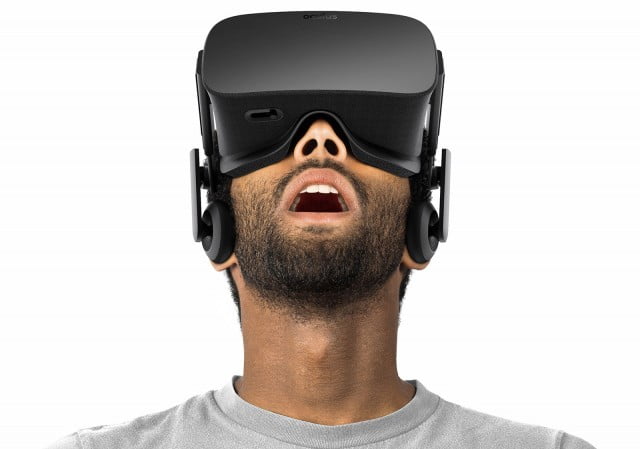
Virtual reality is about to make its way into all sorts of places where it doesn’t belong, from the bathroom to the bedroom — and now to the courtroom. Industry knows no restraint unless it is imposed through the will of consumers, and in the case of the evidence-analysis industry, their consumers are our elected and appointed representatives. Whether these reps will encourage this ill-advised attempt to use technology to augment the justice system, we’ll have to wait and see.
Using VR to represent evidence is a natural idea. Throughout the history of Western law, lawyers have been using drawings, dioramas, and eventually 3D-renders of crime scenes and relevant locations to show a jury the nuanced relationship between different pieces of evidence. Recreating car crashes, for instance, can make it far clearer who is at fault than simple eyewitness testimony. People can lie, or be flustered and mistaken, but the science, they say, doesn’t lie.But VR has a unique psychological impact that even a high-quality 3D renders do not: interactivity. A render leads you though the crime scene by the nose — it’s a presentation of evidence. In a true virtual space, it’s less about showing the juror the evidence they are supposed to take into account, and more about letting the juror see and understand the implications of that evidence for themselves. Just one problem — they’re not looking at the evidence, but a recreation, and so any insight they derive on their own is now not from the crime scene, nor from the eye-witnesses who were at the crime scene, but from their layman’s analysis of a metaphor for a crime scene, created by an interested party.
In a drawing or rendering, we can see the placement of objects and the overall shape of the scene, but the really nuanced stuff is too small and detailed for the most part. We can see that the knife was there on the floor, but the precise relationship of the knife to the entryway — that’s hard to tell without a big, dramatic zoom orchestrated by one or the other of the legal teams. If there is some tiny detail that needs to be highlighted, it is very clearly being framed that way by someone with a vested interest in the outcome.
A freely navigable VR environment, however, can be freely navigated and investigated by jurors. That puts incredible power in the hands of the creator of this environment — now the precise placement, color, size, etc of the virtual knife becomes crucially important. How could the cops not have seen it, the jurors might ask themselves. It’s bright red and, regardless, it’s right there! Objects in a VR environment feel very much like real objects, inviting jurors to take their every physical attribute as part of the scene — but they aren’t real objects, and this perception of extra insight doesn’t necessarily correspond to a reality.
There are all sorts of cases where this kind of insight could stop an overzealous prosecution, or nail a particularly clever criminal. But just as likely, it will give juries an inaccurate feeling of competence to do their own sleuthing, to connect dots in ways that seem to make sense based on how they see the situation, not how a cop did while on the scene.Everyone deserves the chance to challenge any claim made against them, and certainly the physical relationship between objects is important to many, many prosecutions. But the introduction of virtual reality will be most impactful in the area not currently served by 2D renders. British barrister Jason Holt said that he wonders “how much difference going to a crime scene in 3D will make, compared to a standard DVD and video cameras, which are used at the moment to record similar information.”
That is to say, existing technologies are more than capable of illustrating the basic facts about a scene. The only applications that need VR for a particular piece of communication are those that are going to use its unique attribute (interactivity) to its benefit. That likely means quite a few cases where openly showing your interest in highlighting a fact could damage that fact’s credibility with the jury — so you just leave the fact out, and let the jury notice it for themselves.
Thus, putting jurors “into” a crime scene is in effect doubling down on the human element in criminal conviction, not eliminating it.




